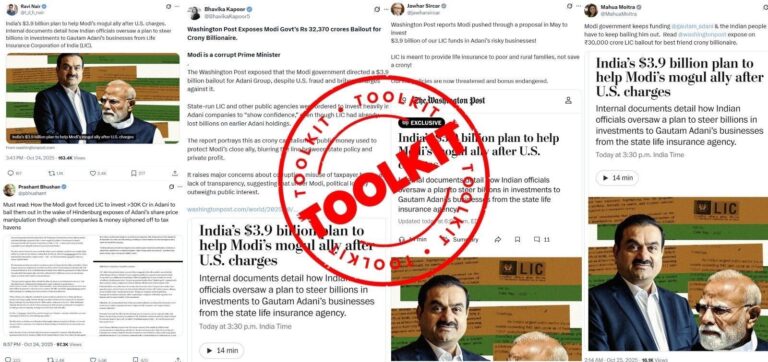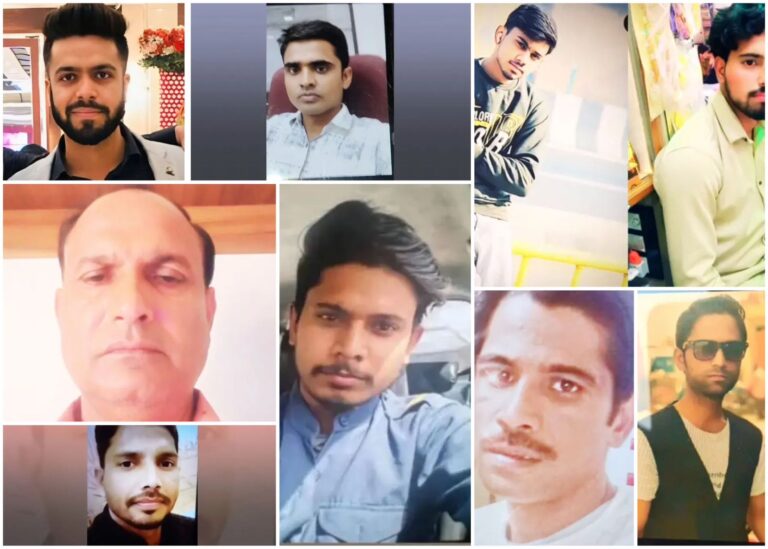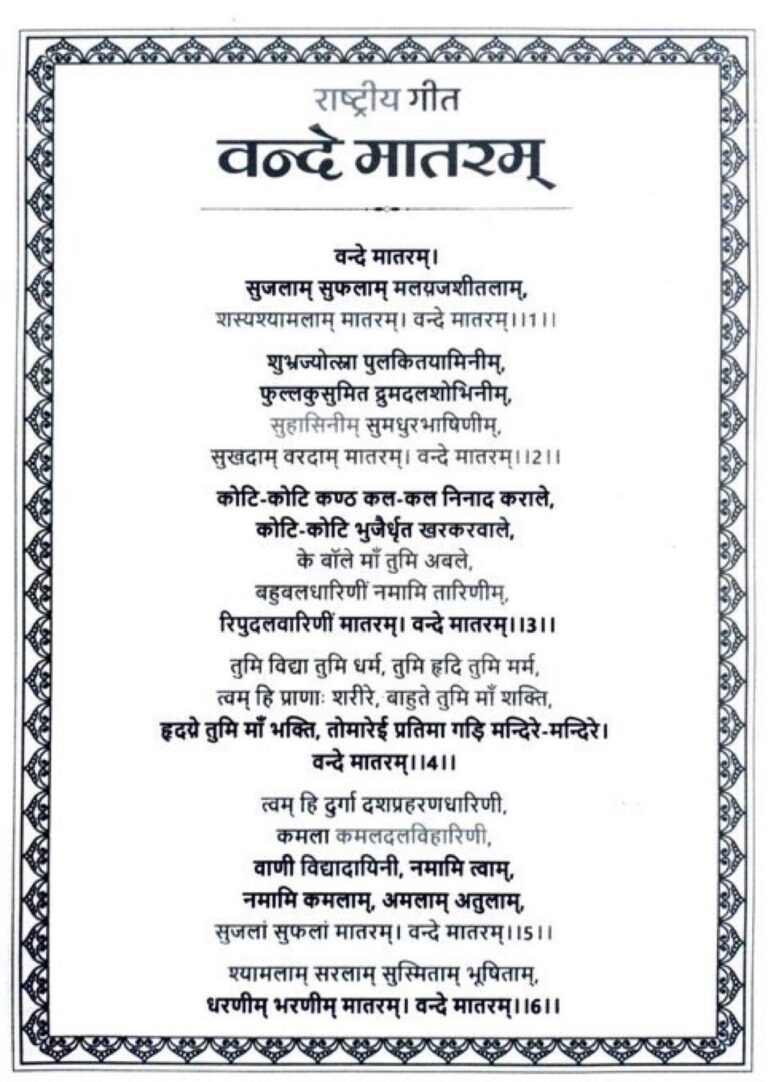The Hypocrisy of Rajdeep Sardesai: A Career Built on Gujarat Riots, Now Mocking Hindus

By now, it is well known that Rajdeep Sardesai spent a significant part of his journalistic career relentlessly targeting Narendra Modi over the 2002 Gujarat Riots. He was among the many media personalities who worked tirelessly to paint Modi as a villain, weaving a narrative that served a certain ideological and political agenda. However, when the Supreme Court-appointed SIT (Special Investigation Team) and the Indian judiciary gave a clean chit to Modi, Sardesai had no choice but to begrudgingly accept that the Prime Minister had no role as a facilitator or perpetrator of those unfortunate riots.
But did Sardesai show any introspection or remorse for having pushed a false narrative for years? No. Instead, he continues to mock Hindus and downplay the events that led to the riots in the first place.
The ‘Chronology Samajhiye’ Mockery
The YouTube video (https://youtu.be/A6thSa-jDUQ?si=HPyMAOiaUezNnKt6) from Channel Unfiltered Shorts provides yet another example of Sardesai’s blatant disregard for truth and fairness. In a tone that reeks of condescension, he dismissively says “Chronology Samjhiye”, while casually forgetting the exact number of Kar Sevaks burnt alive in the Godhra train burning. This is not just a slip of memory—it is a deliberate attempt to erase and belittle the suffering of Hindus.
The Godhra Massacre of 2002 was not a spontaneous incident—it was a premeditated attack where a mob locked innocent Kar Sevaks inside the Sabarmati Express coach and set it on fire. A total of 59 Hindu men, women, and children were burnt alive. This barbaric act of terrorism was the trigger for the Gujarat Riots. Yet, journalists like Sardesai have always downplayed or justified it, choosing instead to amplify the riots that followed, where only one community’s suffering is acknowledged while the atrocities faced by Hindus are ignored.
Why does Sardesai ‘forget’ the number of Kar Sevaks killed? Would he have forgotten the number if the victims were from another community? The answer is obvious. There is a deep-rooted bias in his so-called “journalism.”
Sardesai’s attitude is not an isolated case. It is symptomatic of a larger problem in Indian journalism, where a certain class of elite journalists thrive on vilifying Hindus while conveniently brushing off crimes committed against them. This double standard has been evident for decades:
The Godhra train burning is underreported, misrepresented, or excused as an accident or reaction.
The Gujarat riots are always presented as a one-sided story, despite the fact that Hindus were also killed in large numbers during the violence.
Any attempt to bring up the brutality of the Godhra massacre is dismissed as “whataboutery.”
For Sardesai, mocking Hindus has become second nature. His derisive tone, the dismissive laughter, and the feigned ignorance of historical facts show how deep the contempt runs.
The Larger Agenda: Why Sardesai Does This
Journalists like Rajdeep Sardesai have built their careers on demonizing Modi and Hindus. However, when their narrative collapses under the weight of truth, they refuse to introspect. Instead, they move the goalpost, choosing mockery and gaslighting as their new tools.
When Modi was accused, he was a “mass murderer”.
When Modi was cleared, the judiciary was “compromised”.
When people rejected their lies, they mocked the masses instead of apologizing.
Sardesai’s attitude towards the Godhra victims reflects the larger problem of media hypocrisy. Their “secularism” is selective, their human rights advocacy is biased, and their compassion is conditional.
The Nation is Watching
Today, the people of India are not blind to this media duplicity. They see through the selective outrage and biased narratives. While Sardesai might think that his mockery will go unnoticed, he is mistaken. The age of monopoly over truth is over.
Hindus have been silent spectators for far too long, but they no longer rely on compromised journalists to tell their stories. The truth of Godhra is out, and no amount of media gaslighting can erase the memories of 59 innocent Hindus burnt alive on that fateful day in 2002.
Sardesai might laugh, but history will remember who stood for the truth and who mocked the victims
Author: Rishi Kalia is a seasoned entrepreneur, Digital media Strategist and political analyst with 23 years of diverse experience in business and public discourse. Tweets at Rishi Kalia





